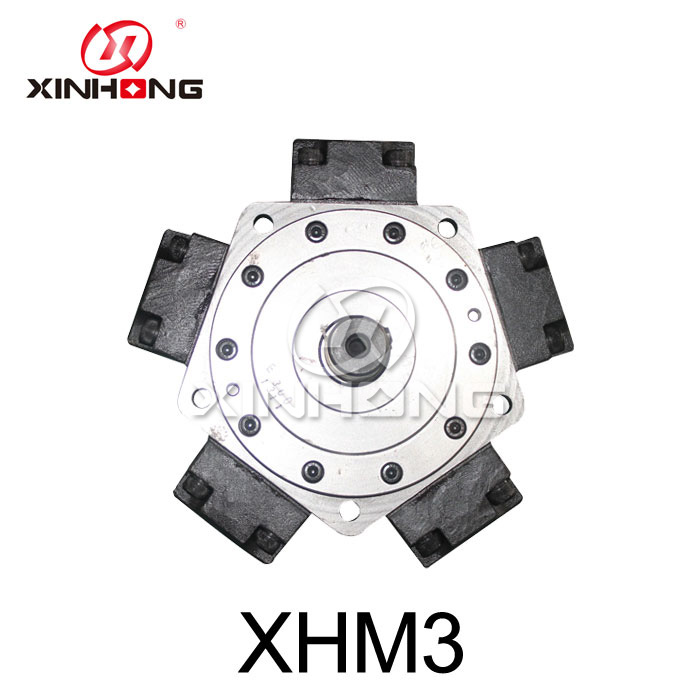The
hydraulic motor, like the hydraulic pump, relies on the change of the sealed working volume to achieve energy conversion, and also has a flow distribution mechanism. Under the action of the input high-pressure liquid, the fluid inlet cavity of the hydraulic motor is changed from small to large, and torque is generated to the rotating parts to overcome the load resistance torque and realize rotation; at the same time, the fluid return cavity of the motor is changed from large to small, which is directed to the oil tank or pump. The suction port returns liquid and the pressure drops. When the high-pressure liquid continuously enters from the liquid inlet of the hydraulic motor and flows out from the liquid return port, the rotor of the hydraulic motor continuously rotates to perform external work.
Theoretically speaking, in addition to the valve type hydraulic pump, other forms of hydraulic pumps and
hydraulic motors are reversible and can be used interchangeably. In fact, due to different performance and requirements, the same type of pump and motor still have differences in structure.
(1) The
hydraulic motor is driven by the liquid with pressure to rotate, so the initial sealing performance must be ensured, and it is not necessary to have the self-priming ability. The hydraulic pump usually must have self-priming capability.
(2) The hydraulic motor should be capable of forward and reverse rotation, so its internal structure must be symmetrical. Hydraulic pumps usually rotate in one direction, and there is generally no such restriction in structure.
(3) The hydraulic motor has a large speed range, especially when the speed is low, it should be able to ensure normal operation, so rolling bearings or static pressure sliding bearings should be used; if dynamic pressure sliding bearings are used, it is not easy to form a lubricating oil film. However, the hydraulic pump has a higher speed and generally has a small change, so there is no such requirement.

